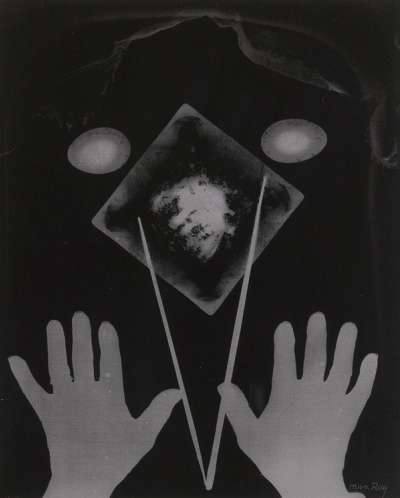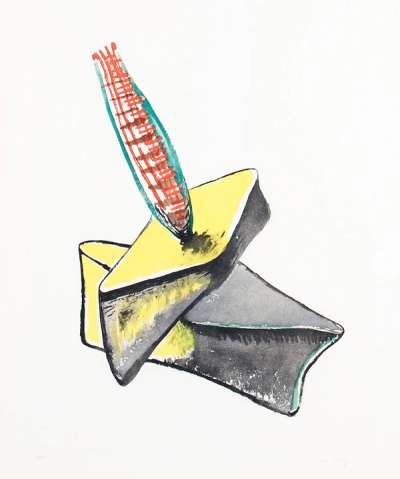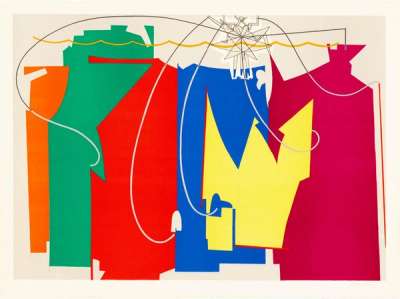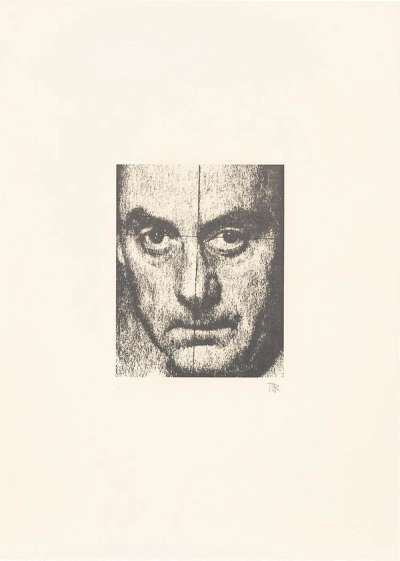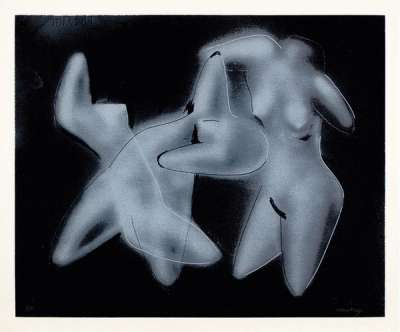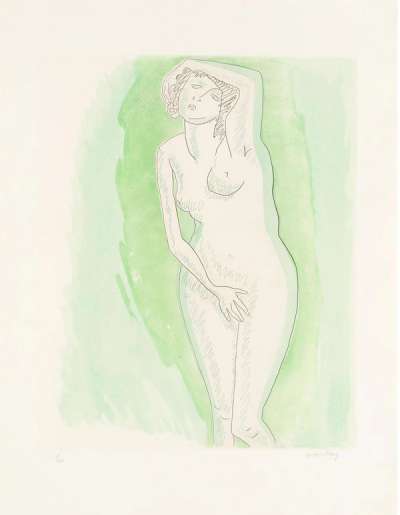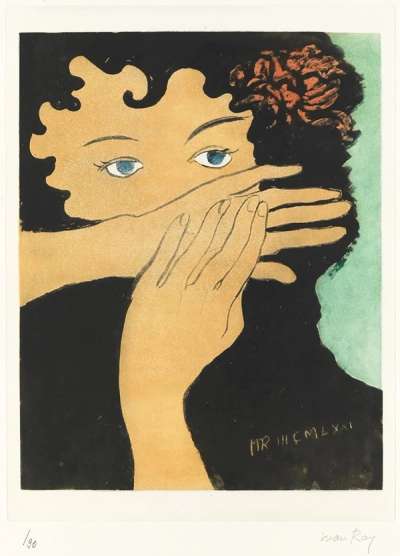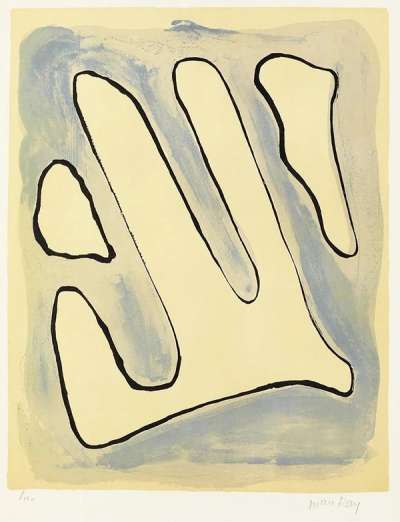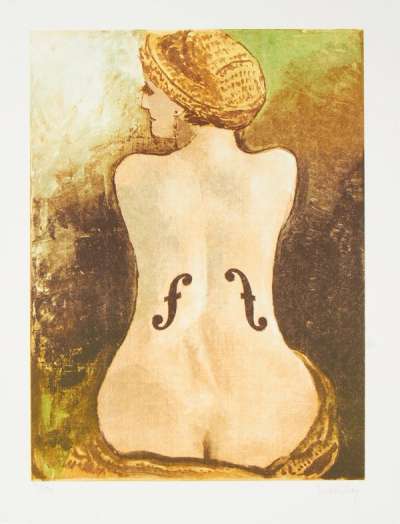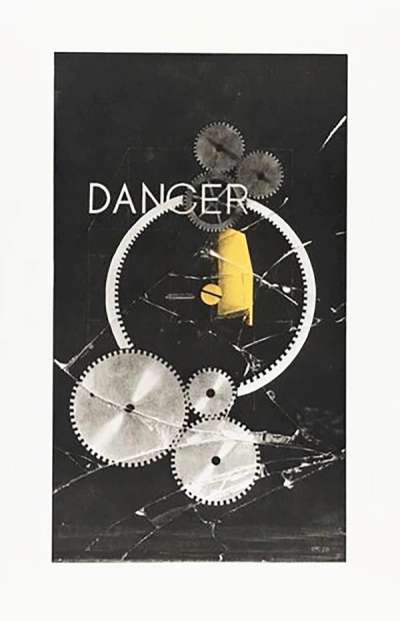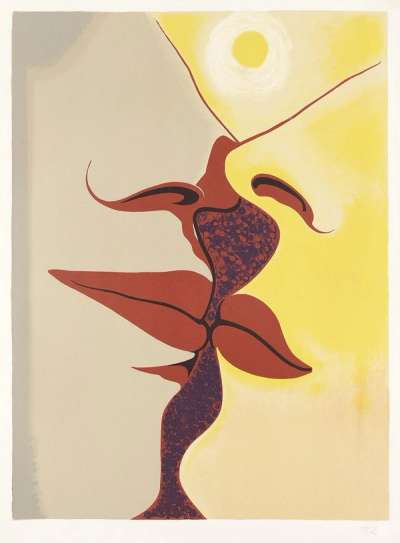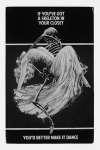Man
Ray
Man Ray, an iconic figure in modernist photography, revolutionised the art world with his experimental techniques and provocative, avant-garde works, blurring the lines between reality and fantasy. If you’re looking for original Man Ray prints and editions for sale or would like to sell, request a complimentary valuation and browse our network’s most in-demand works.
Man Ray art for sale
Discover Man Ray prints for sale, exclusively available through our private network of collectors. Explore signed and unsigned screenprints, lithographs, digital prints, and rare editioned proof prints by era-defining blue chip artists.
Sell Your Art
with Us
with Us
Join Our Network of Collectors. Buy, Sell and Track Demand
Biography
Man Ray, born Emmanuel Radnitzky in 1890 in Philadelphia, grew up in a Russian-Jewish immigrant family in New York. His family's frequent relocations and name change to Ray due to anti-Semitic sentiments had a lasting impact on his perception of identity and art. He studied at the National Academy of Design and the Ferrer School, where his exposure to avant-garde artists and photographers shaped his outlook as an artist. Early in his career, Ray experimented with different mediums, notably as a painter and a photographer, and his work during this period reflected a blend of Cubist and Futurist styles.
Man Ray's career took a significant turn when he moved to Paris in the 1920s, where he became a prominent figure in the Dada and Surrealist movements. His innovative photographic techniques, such as solarization and the creation of rayographs - a method of creating images without a camera - distinguished his work. He collaborated with notable artists and intellectuals of the time, including Marcel Duchamp and Salvador Dalí, contributing to major art publications and exhibitions. Throughout his career, Ray continued to push the boundaries of photography and art, also venturing into film-making and painting. His work, characterised by its experimental nature and exploration of the unconscious, secured his reputation as a major influence in 20th-century art.
Man Ray’s 1929 exhibition at the Julien Levy Gallery in New York was a landmark event, introducing his photography and signature techniques to an American audience. This exhibition not only bolstered his international reputation but also played a critical role in bringing Surrealist ideas to the United States. Man Ray's collaborations with Lee Miller, his assistant and lover, led to the discovery of the solarisation technique, which brought a ghostly quality to photos and became a hallmark of his work.
His influence extended into fashion photography, working for magazines like Vogue, where he brought his experimental approach to a commercial audience. The 1930s and 1940s were a period of prolific output for Man Ray, during which he created some of his most iconic images. This era solidified his reputation as a master of experimental photographic techniques. His legacy was reinforced in numerous retrospectives, including a major exhibition at the Los Angeles County Museum of Art in 1966, which celebrated his diverse contributions. Man Ray's ability to transcend the boundaries between avant-garde and commercial art, along with his continual experimentation and innovation, had a lasting impact on both photography and modern art, influencing generations of artists who followed in his footsteps.

